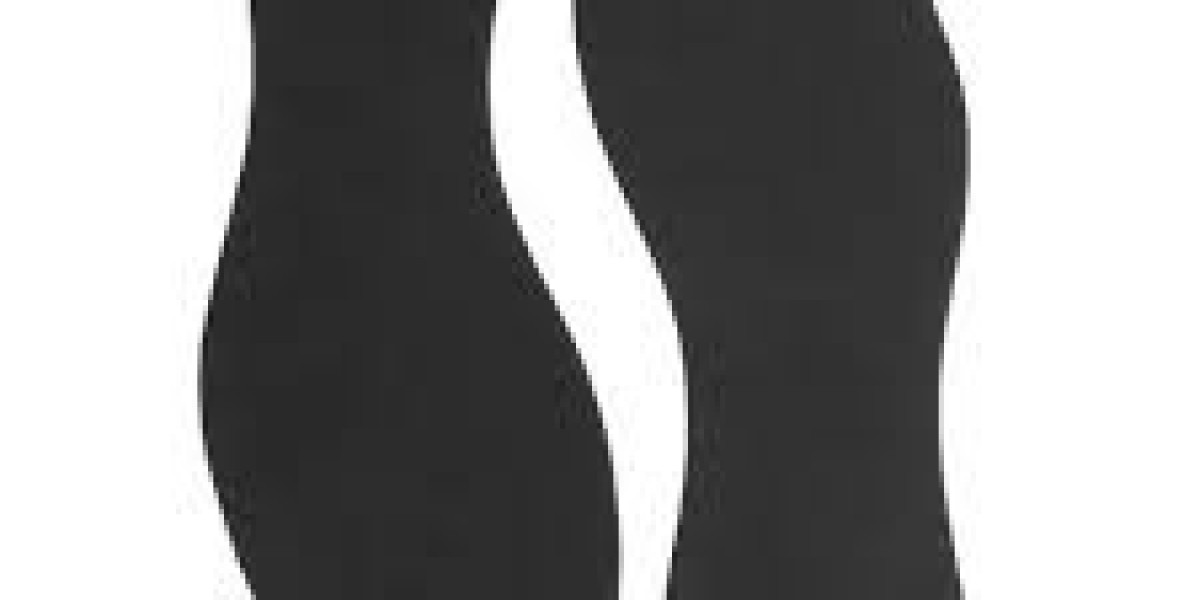Insoles for Pronated feet, commonly referred to as overpronation, is a condition where the arches of the feet excessively roll inward during walking or running. This natural movement of the foot plays a crucial role in absorbing shock and adapting to various surfaces. However, excessive pronation can lead to a range of foot and lower limb problems, affecting not only comfort but also overall mobility and athletic performance. In this comprehensive guide, we will delve into the mechanics of pronated feet, explore its causes, symptoms, and most importantly, discuss the significance of choosing proper insoles to manage and alleviate the associated discomfort and risks.
What is Overpronation?
Definition
Overpronation occurs when the foot rolls inward excessively upon impact with the ground. This inward rolling motion causes the arches of the feet to flatten, which can lead to misalignment of the ankles and uneven distribution of weight across the feet. Over time, this repetitive motion and misalignment can result in strain on the muscles, tendons, and ligaments of the feet and lower limbs.
Mechanics of Pronated Feet
The natural movement of walking involves the foot rolling slightly inward (pronation) to absorb shock and adapt to uneven surfaces. This motion is essential for distributing the forces of impact evenly throughout the foot. In individuals with normal pronation, the foot returns to a neutral position after absorbing shock.
In contrast, overpronation involves an exaggerated inward rolling motion where the arches collapse excessively. This can occur due to several factors, including:
- Flat Feet: People with low or no arches are more prone to overpronation.
- Muscular Imbalances: Weakness or tightness in certain muscles of the feet and lower limbs can contribute to overpronation.
- Improper Footwear: Wearing shoes with inadequate support or cushioning can exacerbate overpronation.
- Biomechanical Factors: Structural abnormalities in the feet or lower limbs can affect the alignment and mechanics of walking or running.
Common Symptoms of Overpronation
Identifying the symptoms of overpronation is crucial for early intervention and management. Common signs and symptoms include:
- Flat Feet: The arches of the feet appear flattened or low.
- Pain or Discomfort: Pain in the heels, arches, or balls of the feet, especially after physical activity.
- Swelling: Swelling along the inside of the ankle.
- Lower Limb Issues: Knee pain, shin splints, Achilles tendonitis, and hip or lower back pain may develop due to poor alignment and overuse.
- Calluses or Bunions: Thickened skin or bony bumps may develop at pressure points on the feet.
Impact of Overpronation on Foot Health
Overpronation can lead to various foot conditions and injuries, including:
- Plantar Fasciitis: Inflammation of the plantar fascia, a band of tissue that connects the heel bone to the toes.
- Shin Splints: Pain along the shinbone (tibia) caused by inflammation of the muscles, tendons, and bone tissue.
- Achilles Tendonitis: Inflammation of the Achilles tendon, which connects the calf muscles to the heel bone.
- Bunions: Painful bony bumps that develop at the base of the big toe, causing the toe to bend inward.
Importance of Proper Insoles for Pronated Feet
How Insoles Help Manage Overpronation
Properly designed insoles, also known as orthotics, play a crucial role in managing overpronation by providing support, stability, and alignment to the feet. Here are the key benefits of using insoles for pronated feet:
- Arch Support: Insoles with adequate arch support help maintain the natural alignment of the foot, preventing excessive inward rolling.
- Cushioning: Insoles provide cushioning and shock absorption, reducing the impact on the feet and lower limbs during walking or running.
- Stability: Insoles with a deep heel cup and firm structure help stabilize the foot and ankle, promoting proper alignment and weight distribution.
- Pressure Redistribution: By evenly distributing pressure across the foot, insoles help reduce strain on specific areas and minimize the risk of developing calluses or bunions.
Benefits of Using Proper Insoles
- Pain Relief: Insoles can alleviate pain and discomfort associated with overpronation by providing support and cushioning to sensitive areas of the foot.
- Injury Prevention: Properly supported feet are less prone to injuries such as plantar fasciitis, shin splints, and stress fractures.
- Improved Foot Function: Insoles help improve foot function and mobility, allowing individuals to engage in physical activities with greater comfort and efficiency.
- Enhanced Athletic Performance: Athletes can benefit from improved stability and alignment provided by insoles, leading to enhanced performance and reduced fatigue.
Choosing the Best Insoles for Pronated Feet
Factors to Consider
When selecting insoles for pronated feet, consider the following factors to ensure they meet your specific needs:
- Arch Type: Choose insoles designed for low to medium arches to provide adequate support and alignment.
- Material: Look for insoles made from high-quality materials such as EVA foam, gel, or memory foam for optimal cushioning and durability.
- Support Level: Opt for insoles with firm arch support and a deep heel cup to stabilize the foot and prevent excessive inward rolling.
- Fit: Ensure the insoles fit your shoes properly without crowding or slipping. Some insoles can be trimmed to fit specific shoe sizes.
- Activity Level: Consider your activity level and choose insoles designed for walking, running, or sports activities based on their specific support and cushioning requirements.
- Durability: Select insoles from reputable brands known for their durability and performance to ensure long-lasting comfort and support.
Top Insoles for Pronated Feet
Here are some recommended insoles known for their effectiveness in managing overpronation:
- Superfeet Green Insoles: Provide excellent arch support and stability with a deep heel cup for optimal alignment.
- Powerstep Pinnacle Maxx Insoles: Feature firm arch support and dual-layer cushioning for maximum comfort and motion control.
- SOLE Active Thick Insoles: Heat-moldable for a custom fit with EVA foam and deep heel cup for stability and support.
- Spenco Total Support Max Insoles: Offer rigid arch support and multi-density impact zones to reduce overpronation and enhance foot function.
- Dr. Scholl's Running Insoles: Designed specifically for runners with gel cushioning and arch support to prevent overpronation-related injuries.
How to Use and Care for Insoles
Usage Tips
Follow these steps to properly use and maintain your insoles for optimal comfort and effectiveness:
- Insertion: Remove the existing insoles from your shoes before inserting the new ones to ensure a proper fit and alignment.
- Trimming (if necessary): If the insoles are too large for your shoes, carefully trim them according to the manufacturer's guidelines to fit your shoe size.
- Fit Check: Wear your shoes with the new insoles and walk around to ensure they provide adequate support, cushioning, and comfort.
- Break-In Period: Allow time to adjust to the new insoles, gradually increasing wear time to prevent discomfort or irritation.
- Regular Cleaning: Remove the insoles from your shoes periodically and clean them with a damp cloth to remove dirt and odors. Air dry completely before reinserting into your shoes.
- Replacement: Replace the insoles every six to twelve months or as recommended by the manufacturer to maintain optimal support and cushioning.
Understanding Insoles for pronated feet and the importance of proper insoles is essential for managing overpronation and promoting foot health. By choosing insoles with adequate arch support, cushioning, and stability, individuals can alleviate pain, prevent injuries, and improve overall foot function. Whether for everyday use or specific athletic activities, selecting the right insoles tailored to your foot type and activity level can make a significant difference in comfort and performance. Remember to prioritize fit, durability, and quality when choosing insoles for pronated feet to ensure long-term support and effectiveness. With proper care and maintenance, insoles can provide ongoing support and comfort, allowing you to stay active and mobile with confidence.



